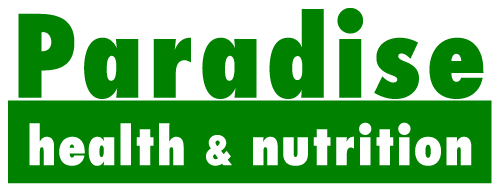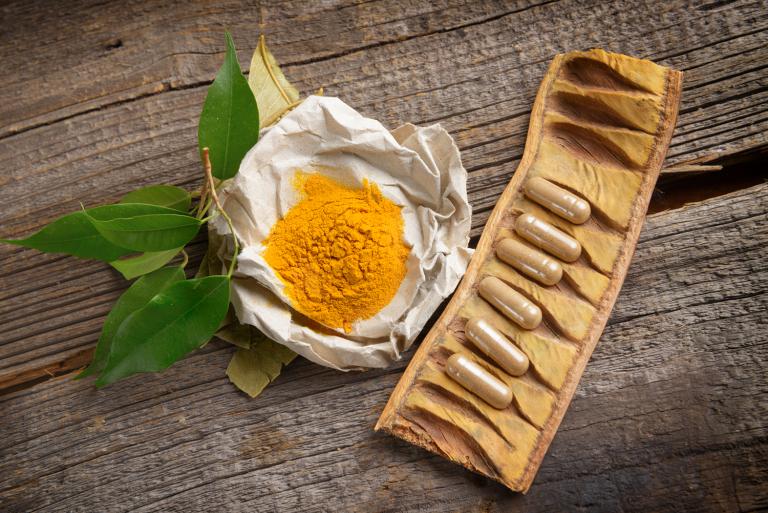Pain is an incredibly unpleasant experience designed by our body to warn us of injury or illness. Break your leg? Pain will most certainly tell you not to walk on it. Tooth abscess? Pain will most certainly tell you to pull the tooth--anything to make the pain go away.
Therefore, while most of us do not like pain, it does serve a purpose. Now that pain has our attention, we can deal with the underlying cause. But what do we do in the meantime, until the injury is healed or the illness cured?
Effective Plants for Pain Relief
Humans have sought effective pain relief since prehistory. Various medicines and methodologies have gone in and out of vogue, some based on early science and some mystic in nature.
Some of the ones I find most interesting (if gruesome!) are trepanning, in which practitioners more than 1,000 years ago drilled holes in the skull to release the demons responsible for headaches, epilepsy, and mental illness, and stings from electric fish, used in ancient Egypt to cure painful joints and headaches.
Plants have always been a part of the medicines developed to relieve pain. Cocaine from coca leaves is a very effective topical pain reliever, and opium from poppies yields morphine. However, though these botanicals numb the pain, they do not address the underlying cause of the pain, which most often is inflammation.
Natural Remedies for Chronic Pain
There is also another kind of pain called chronic pain. This pain does not resolve easily. A few of the causes of chronic pain are damage to the spinal vertebrae, resulting in neck and back pain, trigeminal neuralgia, rheumatoid arthritis, and fibromyalgia. Chronic pain diminishes mood and energy, and drastically alters quality of life.
Fortunately, there are powerful natural compounds that can make a measurable difference, and two of the best are curcumin and boswellia.
Curcumin for Pain and Inflammation
Curcumin is extracted from the spice, turmeric. Turmeric contains only 2 to 5% curcumin, so in order to be effective, it needs to be extracted and concentrated. Curcumin has been found effective in published human studies, called clinical studies, on arthritis, autoimmune diseases, skin conditions, cancer, diabetes, and depression.
In several of these studies, curcumin is able to equal or even outperform a class of drugs commonly used called nonsteroidal anti-inflammatory drugs (NSAIDs). Some drugs in this class are aspirin, naproxen sodium, celecoxib, and ibuprofen. The problems with these drugs is their side effects, which include stomach or intestinal ulcers, gastrointestinal bleeding, reduced kidney function, high blood pressure, and a significantly increased risk of heart attack and stroke.
Curcumin has been shown to effectively relieve pain by modulating every single type of inflammatory pathway in the body. I consider it the most valuable player (MVP) on the pain-relieving team.
Fortunately, curcumin has side benefits instead of serious side effects. Some side benefits of curcumin (to name only a few) are helping to prevent heart disease and diabetes. Since curcumin doesn't absorb very well, enhancing absorption, turmeric essential oils can make a real difference in your degree of pain relief. It has also been found that turmeric essential oil itself has some great anti-inflammatory activity.
Boswellia for Pain Relief
Boswellia is an amazing plant that contains a family of compounds called boswellic acids that address 5-lipoxygenase (5-LOX), a specific type of enzyme that plays a crucial role in mediating inflammation via a unique pathway. No over-the-counter drug, and almost no prescription drugs, can reduce this type of inflammation. This pathway is active in asthma, inflammatory bowel conditions, gout, and joint pain. While curcumin is the MVP because it modulates all the pathways, boswellia is a special teams player that always delivers.
By combining boswellia's activity with curcumin and turmeric essential oil, even higher levels of pain relief can be achieved. Two clinical studies, both on osteoarthritis pain, have shown the combination to provide high levels of benefits, and one study showed the two used together is more powerful than curcumin alone for pain.
It is important to check the standardization of boswellia. The most powerful boswellic acid is called AKBA, and unstandardized boswellia can have as little as 1%. For clinical benefits, a minimum of 10% is important. Also, boswellia contains a boswellic acid (BBA) that is pro-inflammatory, so purification to greatly reduce this troublesome compound also yields a more powerful extract.
Results Are What Matters
While I like the combination of curcumin and boswellia as the foundation for pain relief, there are many supplements that approach pain from various perspectives, including hemp oil, white willow extract, dl-phenylalanine (DLPA), devil's claw, kava and more. You may need to add supplements or ingredients to your protocol to fine tune it to more exactly fit your needs.

